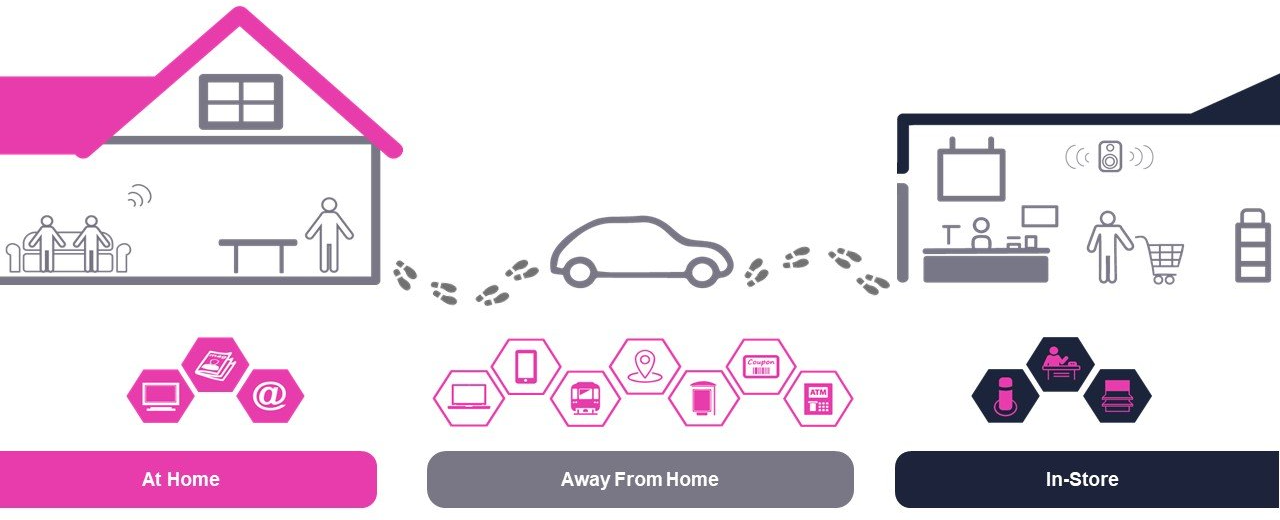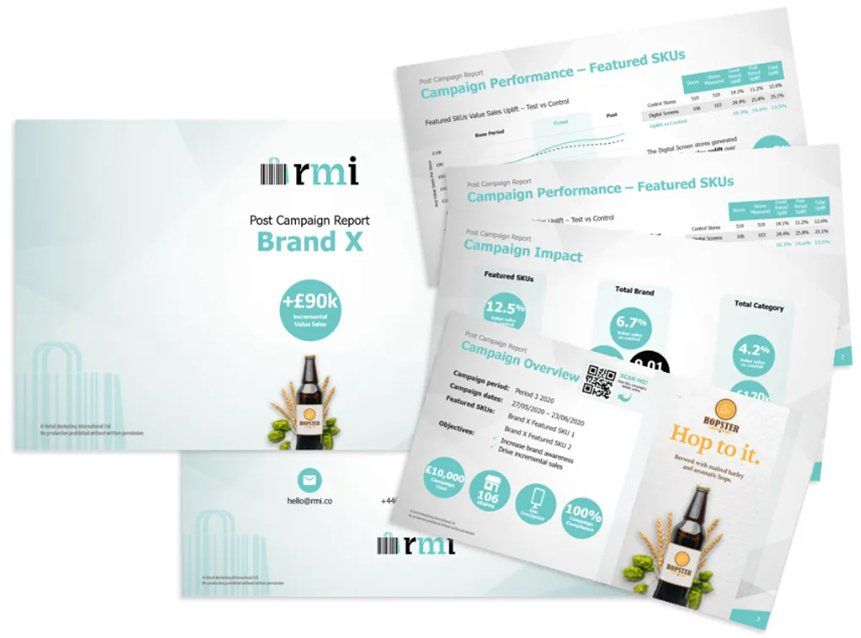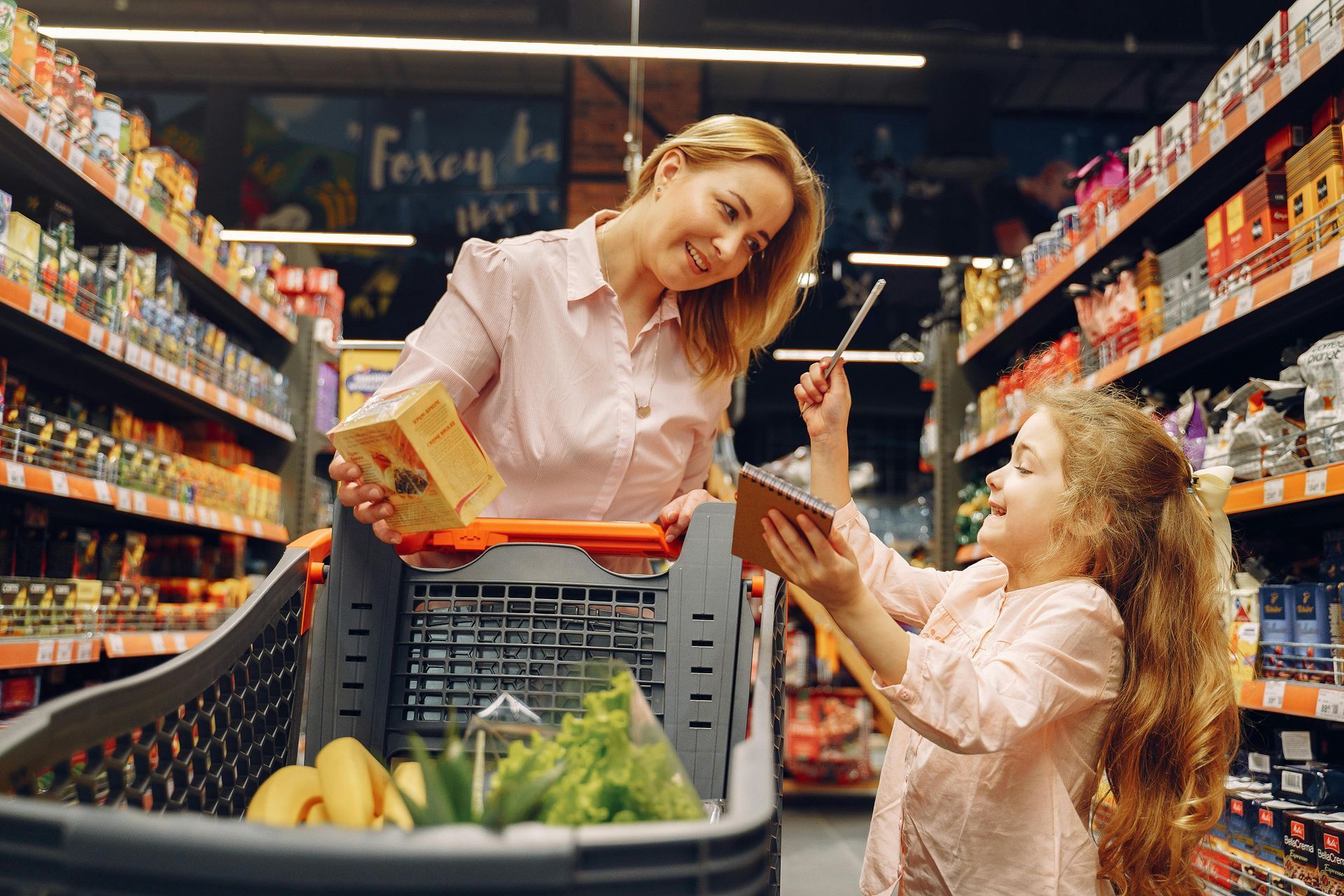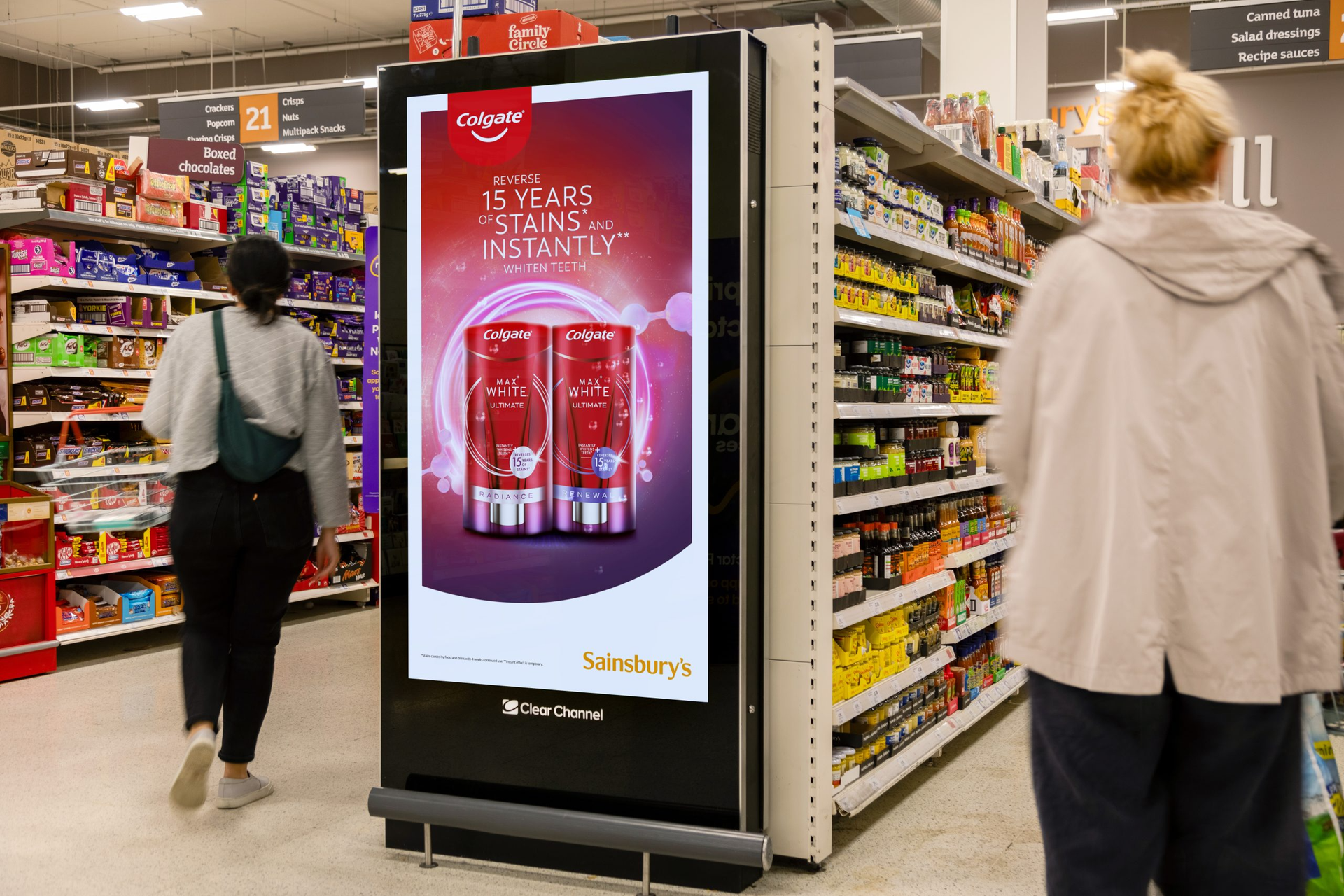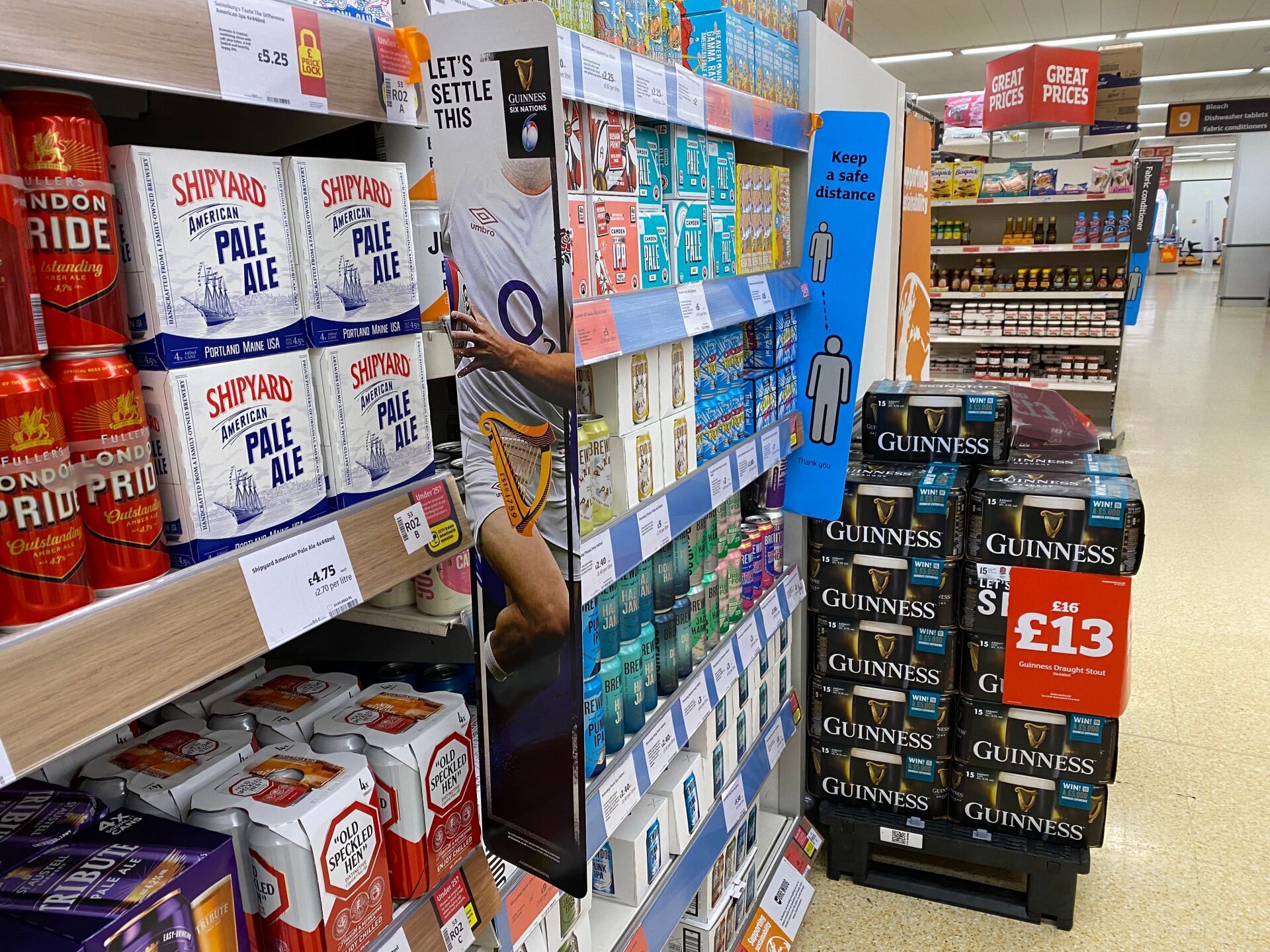What every brand should focus on to optimise their shopper activations
In today’s world, we believe successful marketing is about being able to activate your brands to their target audience with a consistent and engaging message at the right place along the shopper journey.
The shopper journey is no longer linear
In reality, it is an expanding collection of potential decision points, any one of which could prompt a shopper to make a final choice about what they will buy.
Insight into shopping missions and drivers of behaviour, combined with measurement of results by brand and channel, is key to being able to target investment in the right touchpoints to optimise return on investment.
Brand owners need to align shopper marketing initiatives with other conversion-driving activities such as promotions, and demand-generating activities such as advertising, as well as customer initiatives and category objectives. Alignment leads to connected marketing messages, efficient investment choices, and opportunities to drive the purchase of individual brands and to grow categories.
Understanding shopper response and how to market in a Covid-19 recession
Grocery shopping has dramatically changed in just a few months. Before the Covid-19 pandemic, shoppers would regularly visit their preferred supermarket, shopping mostly on autopilot. Suddenly, much of what we had learned about grocery shopping was taken away.
Much has changed since the initial lockdown and habits have been broken in an instant, and as the industry reflects on changes in shopping patterns it's important to develop strategies to regain or retain loyalty by creating platforms to engage shoppers at an emotional level.
Now thoughts are turning to what shopping might look like as and when we emerge from the Covid-19 pandemic. The challenge and opportunity for brands is to embrace this reality and focus on targeting shoppers and refining investment towards influencing them, to get better results from in-store activity and trade investment.
How to market successfully to your shoppers
In a post-Covid-19 environment, shopper marketing success will be defined by:
• TARGETING: Leveraging the growing channels that enable targeting to specific segments, supported by mass touchpoints that communicate your proposition and give standout versus the competition, will drive increasing returns.
• ALIGNMENT: Aligning shopper marketing initiatives with other activities to drive transparency and alignment of plans, efficiency of operations and effectiveness of marketing investments.
• PLATFORMS: Consumer platforms such as on-pack competitions, sporting and film sponsorships have the potential to elevate the brand beyond the functional, creating emotional connections.
• LEARN & RE-APPLY: Effective integration and utilisation of analytics to embed best practice and insight into the planning, execution, and measurement of individual events.
• MEASUREMENT: Brands that plan in a consistent way and capture the details of all their integrated activity are able to develop repeatable models, informing future investment choices.
Emotions, shoppers and shopping
One of the most fundamental building blocks of shopper-oriented retail - past, present and future - is human emotion. Engaging with shoppers at an emotional level is the key lever to attracting new potential customers.
With so much POS in-store, much of which goes unseen, it is very important that you get it right and convey the correct message to the shopper.
It is now more important than ever to be creative and engage with shoppers at the point of purchase to create emotional connection by optimising your shopper marketing assets:
• ATTRACT ATTENTION: Simple messages, images, clear fonts, highly familiar words, colour, shape and contrast as persuasive generators of attention in-store and online.
• HUMANISATION: Images of people are social cues, and we are hard-wired to pay attention to other people - faces activate specific brain regions and attract attention.
• EMOTIONS: Tapping into shoppers’ emotions offers a fantastic advantage of being able to better engage with shoppers and capture attention.
• HOLD ATTENTION: Shoppers are more likely to choose an option if they spend more time looking at it - you not only have to grab attention, but you need to hold it too.
Prove and improve your shopper marketing ROI
Recessionary pressures that will remain after the pandemic recedes will leave companies facing some fundamental constraints on what their marketing can achieve, and as pressure on budgets increases, there is a requirement to prove and improve return on investment on every area of spend.
Rigorous planning enables the process of zero-based budgeting, defining needs and costs of every function and allocating funds accordingly, starting from a “zero base” rather than just doing what you have done before.
In the future, cost efficiencies will be more important than ever but not at the expense of agency quality and service. An endless pursuit of cost savings focused on price alone will inevitably lead to a race to the bottom and no one will win.
This approach will require brands to understand what works and what doesn’t work in-store, which touchpoints optimise return on investment versus those which don’t, then plan upwards from there, becoming more cost effective and in control of their sales and marketing activities.
Continuous learning and evaluation of shopper, customer, category and brand metrics will drive marginal incremental gains and improve return on investment.
Shopper marketing opportunity
The brands that will excel in the future are those which can use shopper marketing to become integral parts of new shopper habits. More than ever, brands will need to engage with shoppers emotionally at the point of purchase.
So what are you doing to ensure your shopper marketing makes an immediate impact, influences shopper behaviour, increases sales and builds long-term brand equity?
What are you doing to make better, faster and more cost-effective decisions to drive growth?
What are you doing to drive alignment and effective execution of plans across functions and modernise how you operate in today’s complex marketing world?

